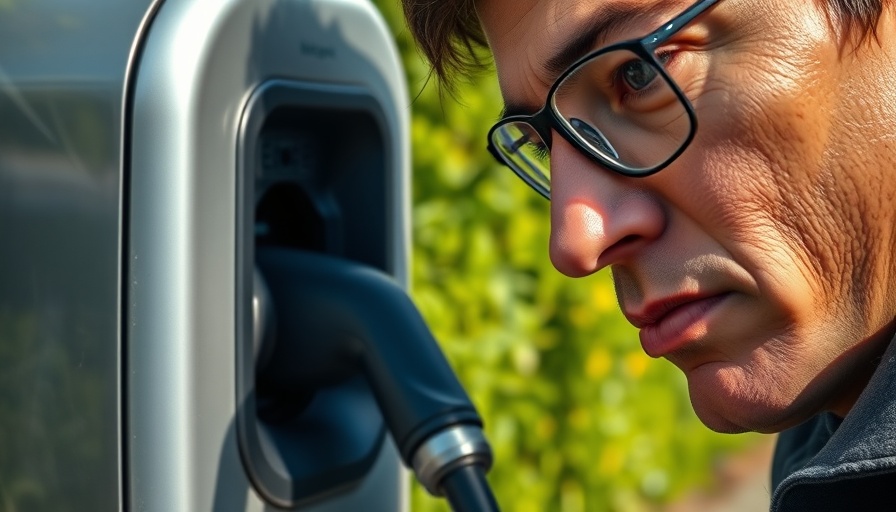
Understanding the Rising Trends in Automotive Repossessions
Recent analysis from the Consumer Financial Protection Bureau (CFPB) has unveiled a significant uptick in automotive repossessions across the United States. With an average outstanding balance exceeding $11,000 after repossession, this trend is alarming for both consumers and finance professionals. The analysis sheds light on deeper economic issues impacting vehicle ownership, hinting at potential challenges that dealer principals, general managers, and finance managers might face in the coming months.
Historical Context and Background
The roots of the current rise in repossession rates can be traced back to a jumble of post-pandemic economic realities, including inflated vehicle prices, increasing interest rates, and persistent inflation affecting consumer spending power. Such economic factors make it increasingly difficult for individuals to maintain their auto loan payments, ultimately leading to the unfortunate necessity for repossession. By understanding this backdrop, automotive professionals can better grasp the challenges their clientele may be facing.
The Impact of Economic Conditions on Vehicle Ownership
As the economic landscape continues to fluctuate, the consequences on automotive sales and financing operations are evident. Consumers are grappling with budget constraints as they face rising costs in various sectors, reducing their overall purchasing power. Consequently, auto dealer teams must be proactive, adjusting their sales strategies and financial options to accommodate the changing financial circumstances of their clients.
Relevance to Current Events in the Automotive Industry
This surge in repossessions does not occur in isolation. It aligns with broader dynamics in the automotive industry, including reduced consumer confidence and shifting market demands. With rising costs leading to fewer buyers in the market, dealers may start to feel the aftershocks of these related trends as they try to navigate a less predictable sales landscape.
Decisions Automotive Professionals Can Make With This Information
The critical insight for finance managers and dealer principals is to develop robust strategies aimed at mitigating the risk of repossession among clients. This could include tailored financial solutions, increased communication with clients to better understand their financial capabilities, and even exploring alternative financing plans that address consumer insecurity. By recognizing the signs early and instituting proactive measures, automotive professionals can help cushion their business from the adverse effects of increased repossession rates.
Actionable Insights to Create Thought-Provoking New Perspectives
To stay ahead of the curve, finance managers should consider conducting regular assessments of their clientele's financial health as part of their risk management practices. Additionally, incorporating educational initiatives that empower customers with knowledge about responsible borrowing and vehicle ownership can serve as a preventive measure against the growing trend of repossessions. By prioritizing financial literacy, dealerships can foster long-term relationships built on trust and understanding.
Emotional and Human Interest Angles
Behind every repossession, there lies a story of hardship that should not be overlooked. For many individuals, the loss of a vehicle is not just about transportation; it has wide-reaching consequences that impact jobs, family stability, and personal well-being. Recognizing this human element prompts finance professionals to approach their decisions with empathy and a commitment to support their clients through challenging times.
Future Predictions and Opportunities
As we advance, it will be crucial to watch legislative changes and regulatory measures that may influence financing practices. Financial institutions may adapt their policies in response to the rising repossession rates, thereby presenting both challenges and opportunities for automotive dealerships. By staying informed and adaptable, finance managers can leverage these shifts into their favor, preparing their businesses for the next wave of market changes.
 Add Row
Add Row  Add
Add 




Write A Comment